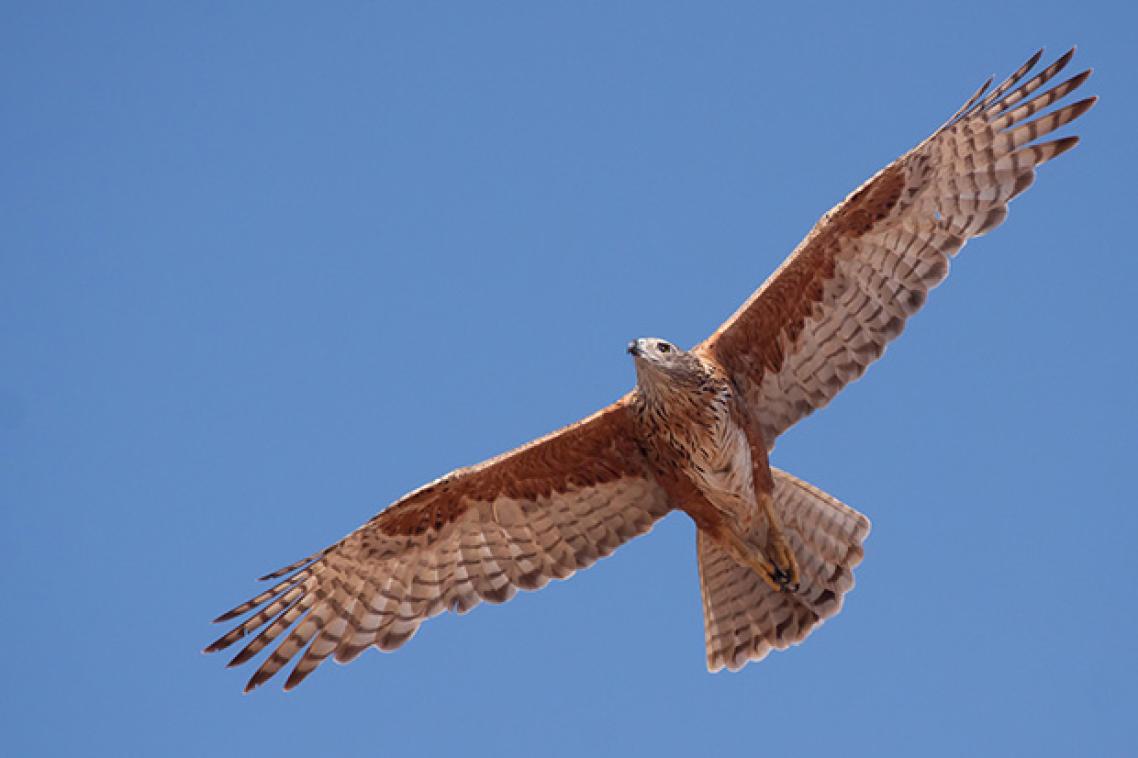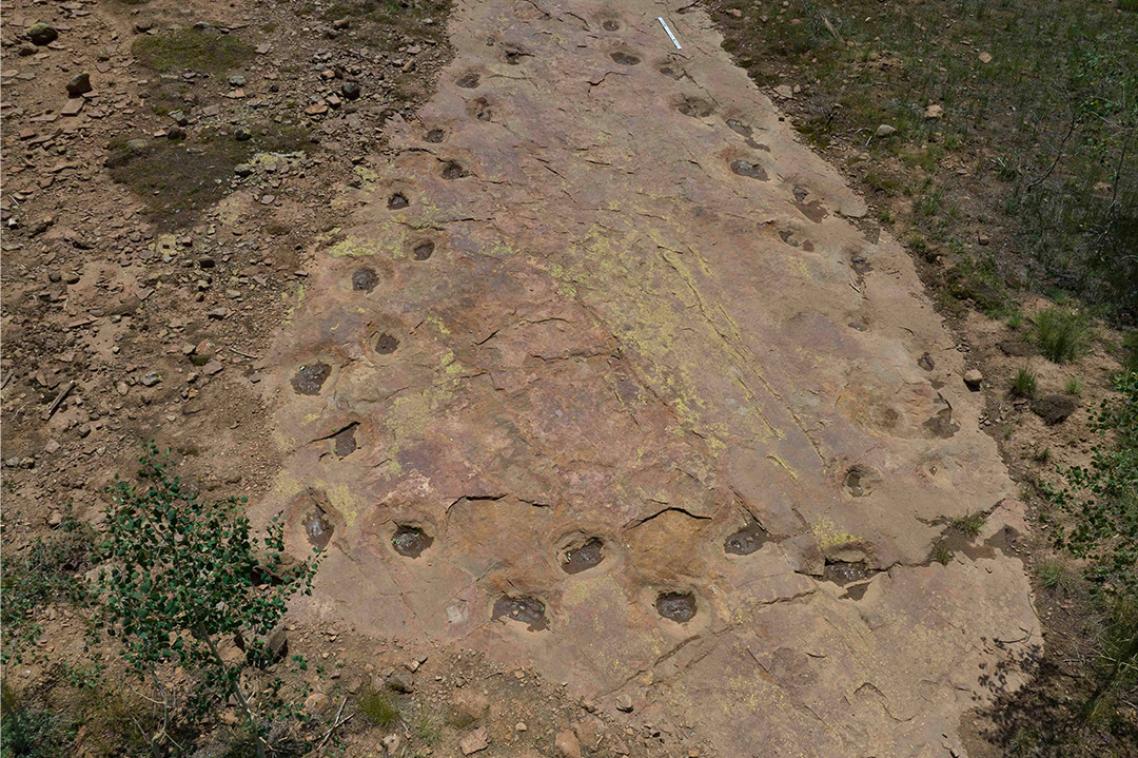Identifying Australia's most elusive birds

University of Queensland scientists have analysed more than 3.8 million volunteer hours of birdwatching data to identify Australia’s most elusive species.
Louis Backstrom from UQ’s School of the Environment led the research and said the Coxen’s fig-parrot was the bird that was most elusive to Australian birdwatchers, based on the data found in the eBird and Birdata databases.
“Coxen’s fig-parrots are small, dumpy, green parrots with very short tails, and historically they were scattered in rainforests between Bundaberg in Queensland and the Hastings River in New South Wales,” Mr Backstrom said.
“They’ve been sighted only once in every 81,000 citizen science bird surveys on the east coast of Australia.
“But there are so few recent sightings that this mysterious little bird could be extinct.”
The next ‘least known’ species were the letter-winged kite, the night parrot, the buff-breasted buttonquail which hasn’t been seen since 1922 and the red-chested buttonquail.
Senior author on the research paper, Professor James Watson, said being on the ‘least known’ list did not automatically mean the bird was rare.
“This list of elusive birds doesn’t necessarily show the species that have the lowest populations or ones which are being driven to extinction by human activities because many of our rare and threatened species are actually quite well-known,” Professor Watson said.
“Many endangered species receive research and conservation attention or are frequently seen by citizen scientists and birdwatchers.
“What this list shows is our country’s most hard to find species – while some are quite rare, many simply live in remote and hard to get to places while others are secretive or nocturnal.”
The researchers hope the insights can assist conservation efforts.
“The work we have been doing in the Research and Recovery of Endangered Species Group at UQ has already helped conservation efforts for Australia’s night parrot, red goshawk and Australian masked owl,” Professor Watson said.
“This list has helped us identify those species that need more attention.
“Hopefully, we have also inspired bird lovers around the country to seek out these lesser-known, hidden gems.”
The research is published in the international journal Emu.
The team would like to thank Rohan Clarke, Glen Ehmke, Birdlife Australia, CSIRO publishing, Mark Balman and Birdlife International for facilitating and permitting the use of the data in the analysis.
Media contacts
Professor James Watson, james.watson@uq.edu.au
Mr Louis Backstrom (now at the University of St Andrews, Scotland), ljb38@st-andrews.ac.uk
UQ Faculty of Science Media, science.media@uq.edu.au, +61 438 162 687.
Related articles

Looping long-necked dinosaur site reveals its secrets

Unlocking the sublime in native Australian citrus
Media contact
UQ Communications
communications@uq.edu.au
+61 429 056 139
